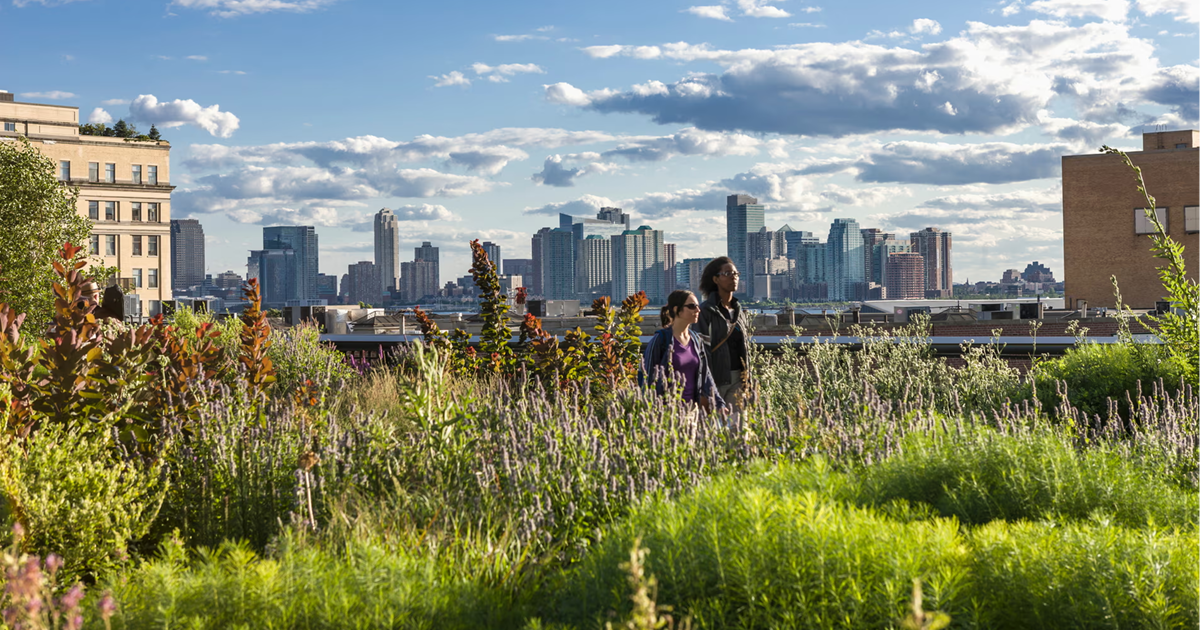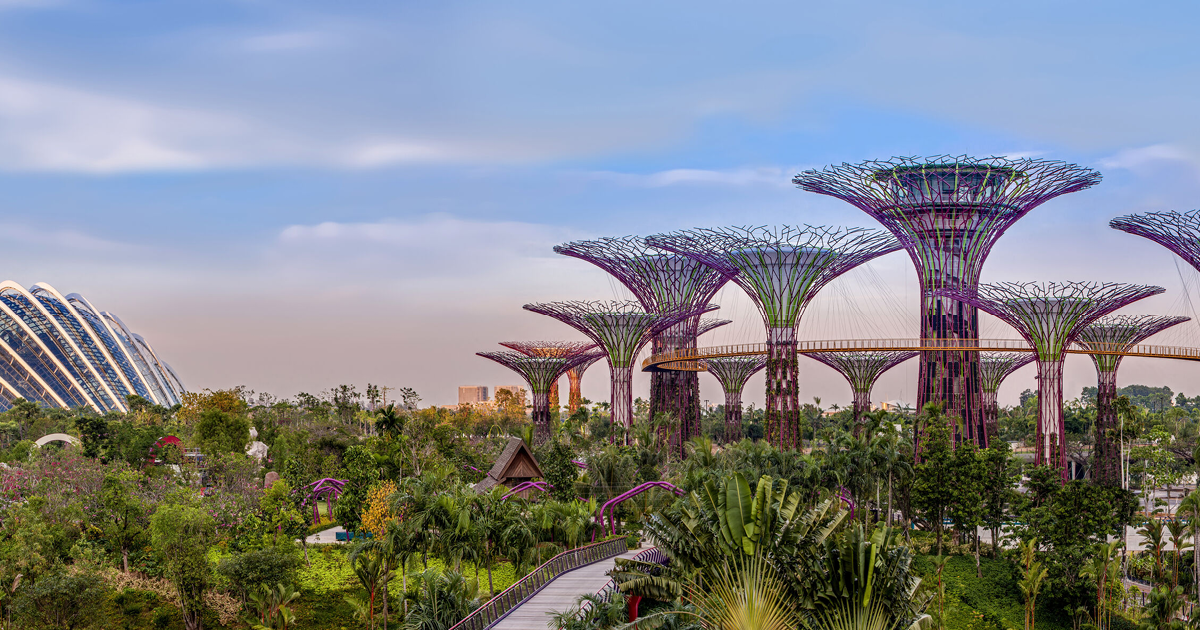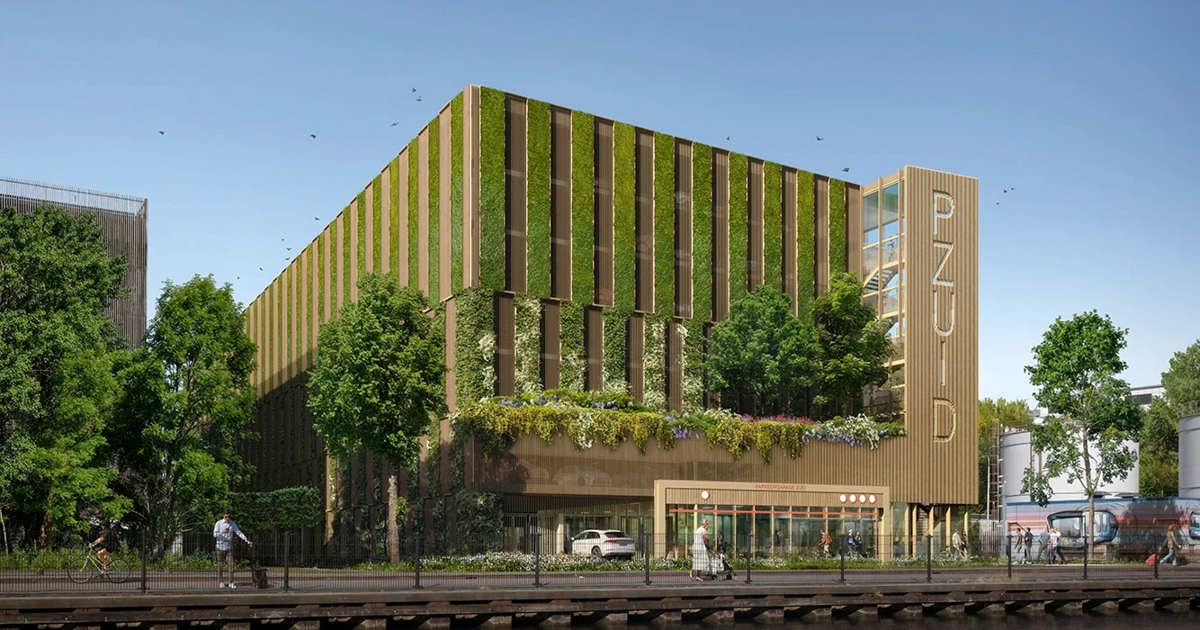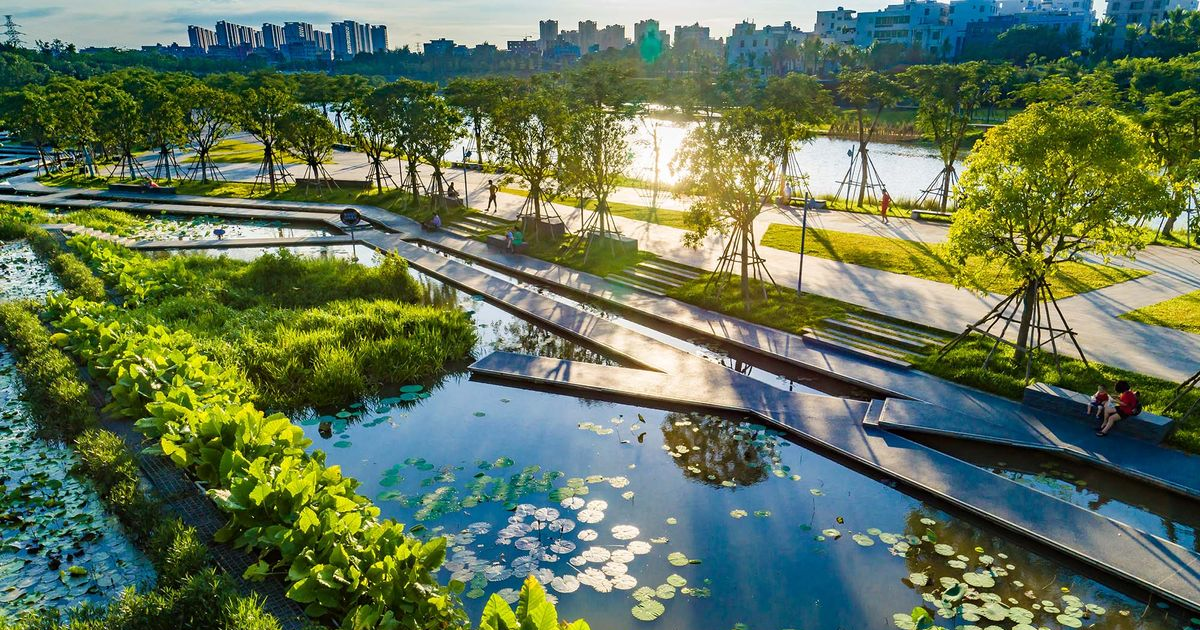
The interplay between contrasting landscape styles—wild and structured—is not merely a stylistic choice but rather a fundamental dialogue between ecology, art, and spatial function. While these approaches are familiar, they continue to evolve due to advancements in technology, climate adaptation, and shifting cultural values. By examining case studies, emerging methodologies, and philosophical perspectives, we can gain fresh insights into this ongoing conversation. Ultimately, these explorations push the boundaries of how landscapes are conceived and experienced.
Wild landscapes function as self-sustaining ecosystems that foster biodiversity and resilience. By prioritising ecological integrity over rigid geometries, these environments embrace stochastic growth patterns and ecological succession, making them dynamic and ever-changing. Moreover, their fluid nature allows them to adapt more effectively to environmental shifts and climate change.

A notable example of controlled wildness is Piet Oudolf’s naturalistic plantings, as seen in projects like the High Line in New York and the Lurie Garden in Chicago. His approach demonstrates how carefully curated plantings can enhance aesthetic appeal while simultaneously supporting biodiversity. Furthermore, his use of matrix planting and seasonal progression redefines the balance between structured intent and ecological spontaneity.
To further enhance the functionality of wild landscapes, designers are employing cutting-edge ecological techniques:
Wild landscapes captivate the senses through layered textures, shifting light patterns, and acoustic depth created by diverse fauna. Additionally, neuroscientific studies on biophilia reinforce the cognitive and emotional benefits of such environments, further shaping the discourse on therapeutic landscape design.
Conversely, structured landscapes serve as reflections of human intentionality and cultural narratives. From the axial symmetry of Renaissance gardens to the profound symbolism found in Japanese Zen gardens, these spaces have long provided clarity and contemplation. Additionally, structured gardens create a sense of order that appeals to those seeking tranquility and harmony.

A striking example of structured landscape design is Singapore’s Gardens by the Bay. This futuristic landscape seamlessly integrates hyper-controlled design with ecological function. For instance, Supertrees act as vertical gardens, collecting rainwater and generating solar energy. At the same time, the structured spatial organisation ensures a seamless visitor experience while regulating the microclimate.
Advancements in technology have also led to significant innovations in structured landscape design:
Structured gardens guide movement and perception through processional sequencing. Carefully framed sightlines and rhythmic repetitions influence neurological responses, fostering a profound sense of order and tranquility. This controlled engagement stands in stark contrast to the immersive serendipity found in wild landscapes.

Rather than existing in opposition, wild and structured landscapes are increasingly finding synergy in hybridised design approaches that integrate ecological resilience with spatial clarity. This blending allows designers to achieve both functional and aesthetic goals.
Several innovative strategies are now being employed to merge these contrasting landscape styles:
Every site presents unique opportunities for blending wild and structured elements. Factors such as climate adaptation, hydrological management, and local cultural narratives all shape how landscapes function and evolve. By taking these considerations into account, designers can create spaces that are not only beautiful but also sustainable and culturally relevant.
Looking ahead, the following approaches will further enhance the balance between wild and structured landscapes:

Beyond aesthetics, the structured vs. wild dialogue serves as a metaphor for humanity’s evolving relationship with nature. Does a landscape impose control, or does it facilitate coexistence? Increasingly, landscapes are no longer merely places of beauty but rather catalysts for environmental and social resilience.
As the discourse surrounding landscape design advances, the most compelling projects will be those that dissolve the boundaries between the untamed and the ordered. By embracing complexity, leveraging emerging technologies, and designing for long-term ecological and psychological impact, the next generation of landscapes will not merely exist—they will thrive as living systems that redefine the built environment. Ultimately, the harmony between wild and structured landscapes will shape the future of sustainable and resilient design.
By balancing creativity with rational planning, designers can create landscapes that are not only visually compelling but also functionally sound, sustainable, and resilient. Get in touch with us to discuss your ongoing project needs.